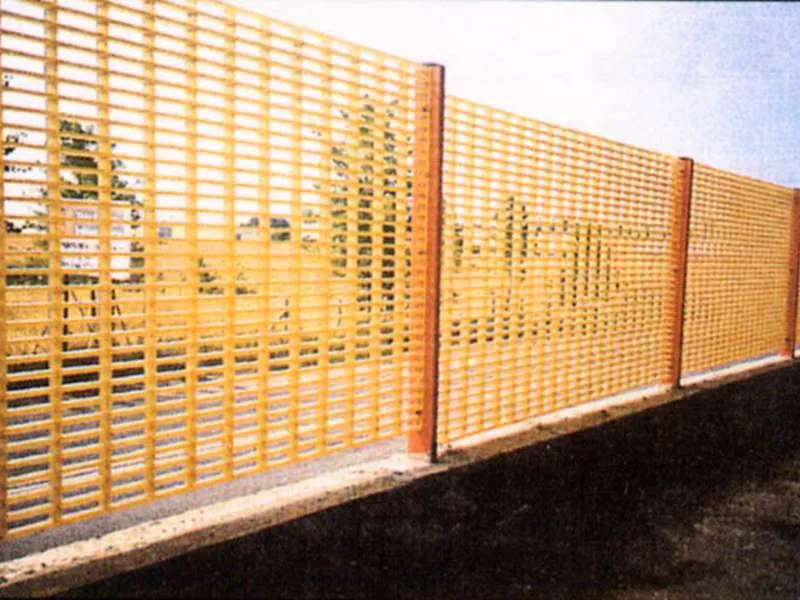
-
 Afrikaans
Afrikaans -
 Albanian
Albanian -
 Amharic
Amharic -
 Arabic
Arabic -
 Armenian
Armenian -
 Azerbaijani
Azerbaijani -
 Basque
Basque -
 Belarusian
Belarusian -
 Bengali
Bengali -
 Bosnian
Bosnian -
 Bulgarian
Bulgarian -
 Catalan
Catalan -
 Cebuano
Cebuano -
 China
China -
 China (Taiwan)
China (Taiwan) -
 Corsican
Corsican -
 Croatian
Croatian -
 Czech
Czech -
 Danish
Danish -
 Dutch
Dutch -
 English
English -
 Esperanto
Esperanto -
 Estonian
Estonian -
 Finnish
Finnish -
 French
French -
 Frisian
Frisian -
 Galician
Galician -
 Georgian
Georgian -
 German
German -
 Greek
Greek -
 Gujarati
Gujarati -
 Haitian Creole
Haitian Creole -
 hausa
hausa -
 hawaiian
hawaiian -
 Hebrew
Hebrew -
 Hindi
Hindi -
 Miao
Miao -
 Hungarian
Hungarian -
 Icelandic
Icelandic -
 igbo
igbo -
 Indonesian
Indonesian -
 irish
irish -
 Italian
Italian -
 Japanese
Japanese -
 Javanese
Javanese -
 Kannada
Kannada -
 kazakh
kazakh -
 Khmer
Khmer -
 Rwandese
Rwandese -
 Korean
Korean -
 Kurdish
Kurdish -
 Kyrgyz
Kyrgyz -
 Lao
Lao -
 Latin
Latin -
 Latvian
Latvian -
 Lithuanian
Lithuanian -
 Luxembourgish
Luxembourgish -
 Macedonian
Macedonian -
 Malgashi
Malgashi -
 Malay
Malay -
 Malayalam
Malayalam -
 Maltese
Maltese -
 Maori
Maori -
 Marathi
Marathi -
 Mongolian
Mongolian -
 Myanmar
Myanmar -
 Nepali
Nepali -
 Norwegian
Norwegian -
 Norwegian
Norwegian -
 Occitan
Occitan -
 Pashto
Pashto -
 Persian
Persian -
 Polish
Polish -
 Portuguese
Portuguese -
 Punjabi
Punjabi -
 Romanian
Romanian -
 Russian
Russian -
 Samoan
Samoan -
 Scottish Gaelic
Scottish Gaelic -
 Serbian
Serbian -
 Sesotho
Sesotho -
 Shona
Shona -
 Sindhi
Sindhi -
 Sinhala
Sinhala -
 Slovak
Slovak -
 Slovenian
Slovenian -
 Somali
Somali -
 Spanish
Spanish -
 Sundanese
Sundanese -
 Swahili
Swahili -
 Swedish
Swedish -
 Tagalog
Tagalog -
 Tajik
Tajik -
 Tamil
Tamil -
 Tatar
Tatar -
 Telugu
Telugu -
 Thai
Thai -
 Turkish
Turkish -
 Turkmen
Turkmen -
 Ukrainian
Ukrainian -
 Urdu
Urdu -
 Uighur
Uighur -
 Uzbek
Uzbek -
 Vietnamese
Vietnamese -
 Welsh
Welsh -
 Bantu
Bantu -
 Yiddish
Yiddish -
 Yoruba
Yoruba -
 Zulu
Zulu
frp housing
The Rise of FRP Housing A Sustainable Solution for Modern Living
In recent years, the construction industry has faced numerous challenges, from rising costs of materials to increasing demand for sustainable living solutions. Among the innovative responses to these challenges has been the rise of Fiber-Reinforced Polymer (FRP) housing. This cutting-edge technology not only promises resilience and durability but also paves the way for more sustainable building practices.
FRP housing relies on composite materials made from a polymer resin reinforced with fibers—usually glass or carbon. This combination produces a lightweight yet incredibly strong material that can outperform traditional building materials. The advantages of using FRP in construction are manifold. For one, FRP materials are highly resistant to corrosion, mold, and pests, which significantly reduces maintenance costs and prolongs the lifespan of structures. Homes built with FRP can withstand extreme weather conditions, making them ideal for regions prone to hurricanes, earthquakes, or flooding.
The Rise of FRP Housing A Sustainable Solution for Modern Living
The design flexibility offered by FRP is another factor that contributes to its growing popularity. Architects and builders can create bespoke designs that were previously not feasible with traditional materials. The capacity to mold FRP into various shapes and sizes allows for innovative housing solutions that cater to diverse aesthetic preferences and functional needs. From sleek, modern designs to more traditional appearances, FRP housing can be tailored to fit any urban or rural setting.
frp housing

In terms of affordability, FRP housing presents a viable alternative for underserved communities. Traditional housing construction can be prohibitively expensive and time-consuming. In contrast, the production of FRP materials can be streamlined, reducing labor costs and speeding up the build process. Moreover, since FRP structures require less maintenance over time, homeowners can expect lower long-term costs. This financial relief could make homeownership accessible to more people, addressing the pressing issue of housing shortages in many regions.
The global push towards sustainability has prompted governments and organizations to invest in research and development for advanced building materials like FRP. Several pilot projects and housing initiatives have already demonstrated the potential of FRP housing to provide quality living spaces while minimizing environmental impact. Collaborations between the private sector and educational institutions are underway, focusing on refining production techniques and exploring new applications for FRP in construction.
As we look to the future, it is clear that FRP housing is not just a passing trend but a paradigm shift in how we approach residential construction. The integration of technology and material science in the housing sector has the potential to create homes that are more sustainable, resilient, and affordable. The ability of FRP to adapt to various climates and environments while offering durability and cost savings can serve as a model for future building practices.
In conclusion, the emergence of FRP housing represents a significant step forward in addressing the challenges faced by the construction industry today. By embracing innovation and sustainability, FRP not only meets the immediate housing needs of communities but also contributes to a more eco-friendly future. As we continue to explore the potential of this remarkable material, it becomes increasingly evident that FRP housing is a cornerstone of modern living—a testament to human ingenuity and our commitment to a sustainable lifestyle.
Latest news
-
Exploring the Benefits of Top Hammer Drifter Rods for Enhanced Drilling PerformanceNewsJun.10,2025
-
High-Precision Fiberglass Winding Machine for GRP/FRP Pipe Production – Reliable & Efficient SolutionsNewsJun.10,2025
-
FRP Pipes & Fittings for Shipbuilding - Corrosion-Resistant & LightweightNewsJun.09,2025
-
Premium FRP Flooring Solutions Durable & Slip-ResistantNewsJun.09,2025
-
Premium Fiberglass Rectangular Tanks Durable & Lightweight SolutionNewsJun.09,2025
-
Tapered Drill String Design Guide Durable Performance & UsesNewsJun.09,2025









